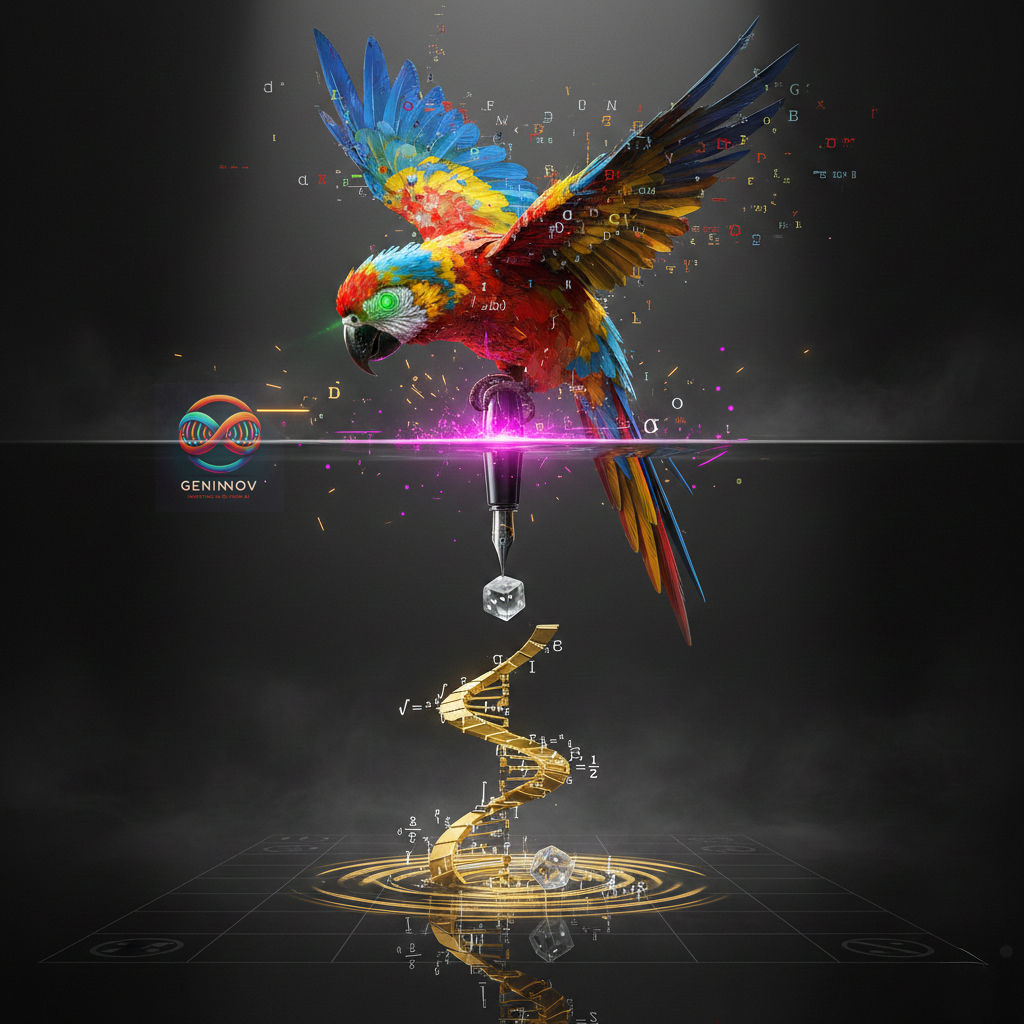When ChatGPT entered the scene about 15 months ago, it had the capacity to digest a mere 2000 to 4000 tokens. In layman's terms, that is about a 700-word prompt. Yesterday, Google’s Gemini Pro 1.5 boasted the ability to process inputs equivalent to ten full-length novels—a thousandfold increase. We are in the realms that make Moore’s law appear tame.
In a week of big announcements from many titans, it is difficult to pick which one is the most revolutionary. Yet, OpenAI snatched the limelight with the unveiling of Sora, an innovation churning out videos up to sixty seconds from mere text prompts. This leap is as monumental as the quantum bounds with the pioneering releases of Dall-E and Midjourney.
While numerous fledgling enterprises persist in their quest to refine personal assistant technologies, the recent cascade of unveilings underscores a clear truth: they are trying to make an impact in the domain of the giants. Nvidia’s new “Chat with RTX” is a free personalized AI chatbot that can run locally on a PC with its RTX graphics card. This tech demo allows users to personalize a chatbot with their own content.
Meta's software engineers, through an exhaustive critique, announced how they could embrace over 73% of TestGen-LLM’s counsel for code enhancement. Additionally, the company also introduced a new model, V-JEPA, which augments training via video learning.
Separately, OpenAI is preparing for a search product. The rumor mill is buzzing with the upcoming Apple AI announcements in iOS18.
These announcements reinforce many long-running themes repeatedly emphasized in these columns: the break-neck pace of innovation, the wildly unpredictable, tremendously versatile, and immensely adaptable nature of the foundation model methods, the rising ability to learn from observations, the move towards the edge, instant copiability, the new innovation era where the biggest winners are the giants of the listed markets, etc.
Yet, the emphasis should be more on the man versus the machine dividing line that investors are ignoring in the rampant markets. AI-creators’ great products are driving 20%+ growth in the spending on various AI-infrastructure items. Their users, including those within the same giants, are cutting jobs to make up for some of the higher costs. If machines merely usurp human roles, enhancing productivity at the cost of employment, this revolution risks being truncated. As we wrote in the previous post, for this revolution to truly fulfill its potential, the attention must shift from the creations to the use cases. We need revolutionary new applications – beyond human displacements – to begin making the headlines.



